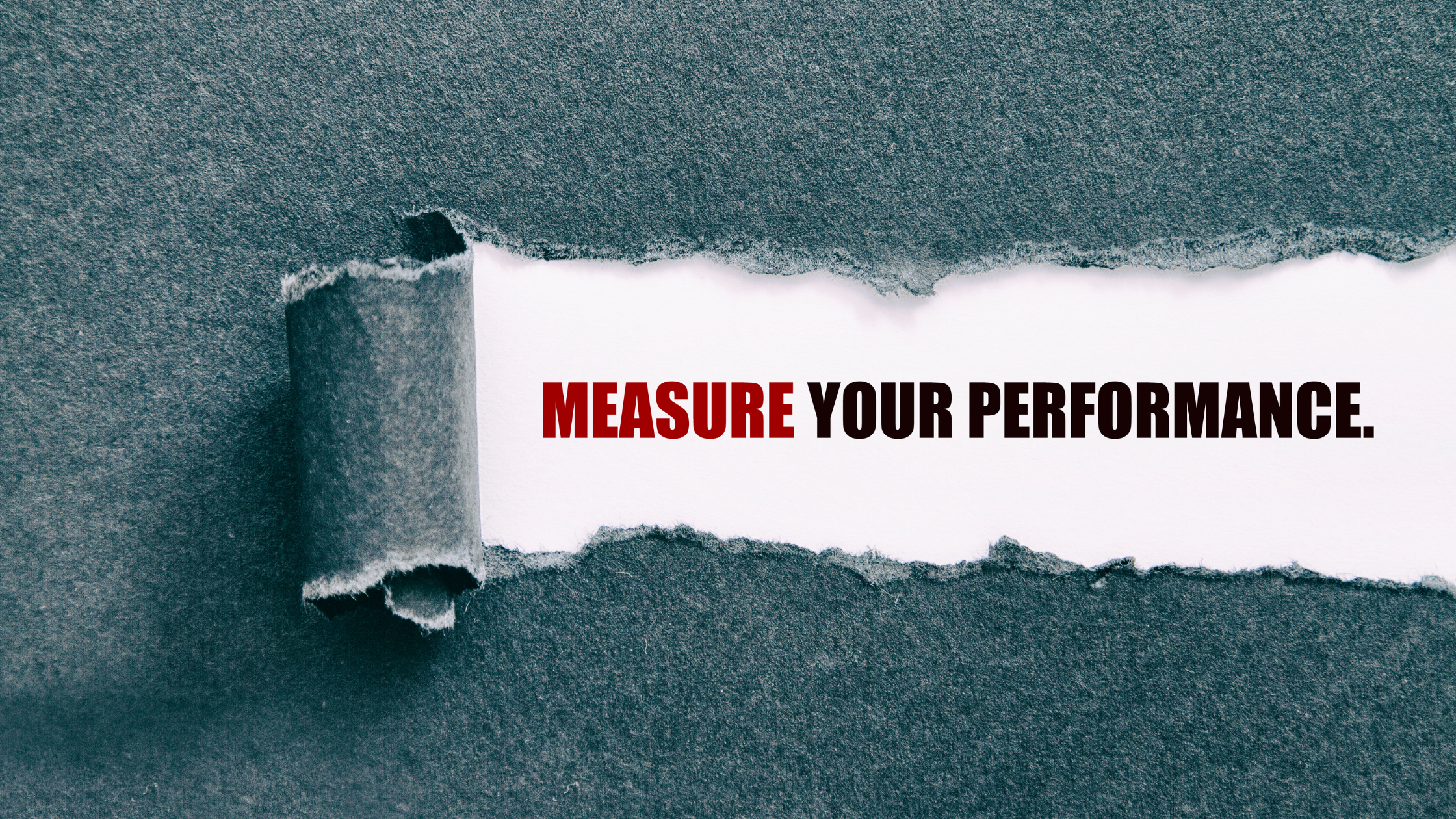Web performance optimization (WPO) is the process of improving the speed and efficiency of a website. The significance of web performance optimization cannot be overstated in today’s competitive online environment. Users expect fast-loading websites speed, and any delay can lead to a poor user experience, increased bounce rates, and potential loss of revenue. By understanding and implementing effective web performance optimization techniques, you can ensure your website delivers a smooth and enjoyable experience for all visitors.
What is Web Performance Optimization?
Web Performance Optimization (WPO) refers to the process of improving a website’s speed and efficiency. This involves a range of techniques and strategies designed to reduce load times, enhance responsiveness, and ensure a smooth user experience. Web Performance Optimization is essential for retaining visitors, improving search engine rankings, and boosting conversion rates. It encompasses various aspects, from server performance and code optimization to image compression and caching strategies.
How to Measure Your Website Performance?
Measuring website performance is the first step toward optimization. There are several key metrics and tools that can help you assess how well your website is performing. Understanding these metrics is crucial for identifying areas that need improvement and implementing effective Website performance optimization strategies.
- Page load time
- First Contentful Paint (FCP)
- Largest Contentful Paint (LCP)
- First Input Delay (FID)
- Cumulative Layout Shift (CLS)
- Number of HTTP requests
Page Load Time
Page load time is how long it takes for a web page to load and become fully interactive. This metric is critical because users tend to abandon websites that take too long to load. Tools like Google Page Speed Insights, GT Metrix, and Pingdom can be used to measure page load time. These tools provide detailed insights into various factors affecting load time and offer suggestions for improvement.
Time to First Byte (TTFB)
Time to First Byte (TTFB) measures the amount of time it takes for the browser to receive the first byte of data from the server. A lower TTFB indicates a faster response from the server, which is essential for a quick-loading website. Factors influencing TTFB include server performance, DNS lookup time, and network latency. Monitoring TTFB can help identify server-related issues that need to be addressed.
First Contentful Paint (FCP)
First Contentful Paint (FCP) measures the time it takes for the first piece of content to be rendered on the screen. This is a crucial metric as it gives users the perception that the page is loading quickly. Tools like Lighthouse and Chrome DevTools can be used to measure FCP and identify opportunities to improve this metric.
Largest Contentful Paint (LCP)
Largest Contentful Paint (LCP) measures the time it takes for the largest piece of content to be visible on the screen. This metric is important for ensuring that the most critical content is loaded quickly, providing a better user experience. Improving LCP can involve optimizing images, reducing server response times, and minimizing render-blocking resources.

First Input Delay (FID)
First Input Delay (FID) measures the time it takes for the website to respond to the first user interaction, such as clicking a link or button. A lower FID indicates a more responsive website. Optimizing JavaScript, reducing main-thread work, and implementing efficient event handlers can help improve FID. Incorporating these strategies into your web performance optimization efforts can significantly enhance user experience.
Cumulative Layout Shift (CLS)
Cumulative Layout Shift (CLS) measures the visual stability of a page by tracking how much content shifts around as the page loads. A low CLS score is crucial for a smooth user experience, preventing frustrating layout shifts. To reduce CLS, ensure that dimensions are set for images and video elements, and avoid inserting content above existing content.
Number of HTTP Requests
The number of HTTP requests a page makes can significantly impact load times. Each request adds to the overall load time, so minimizing the number of requests is essential for faster web performance optimization. Combining files, using CSS sprites, and reducing the use of external resources can help lower the number of HTTP requests.
Tips to Optimize Your Website Performance
Optimizing your website involves a combination of techniques and best practices. By addressing various aspects of your website’s performance, you can ensure a faster, more efficient experience for your users. Here are Some Tips to optimize website Performance.
- Optimizing Image
- Minimizing JavaScript and CSS
- Leverage browser caching
- Improving Server Response Times
- Use content delivery networks (CDNs)
- Implement AMP (Accelerated Mobile Pages)
- Reduce Redirects
- Optimize Web Fonts
- Enable HTTP/2
- Use Lazy Loading for Non-critical Resources
- Implement Progressive Web App (PWA) Features
- Monitor Performance Regularly
- Fix 404 errors
Optimizing Images
Images often make up a significant portion of a webpage’s total size, so optimizing them can greatly improve load times. Use tools like Photoshop, TinyPNG, or ImageOptim to compress images without losing quality. Additionally, use appropriate image formats (e.g., JPEG for photos, PNG for graphics with transparency) and consider using newer formats like WebP for better compression.
Minimizing JavaScript and CSS
Reducing the size and complexity of JavaScript and CSS files can help improve page load times. As part of web performance optimization, minify these files by removing unnecessary characters, comments, and whitespace. Tools like UglifyJS and CSSNano can automate this process. Additionally, defer non-critical JavaScript to prevent it from blocking the rendering of the page.
Leverage Browser Caching
Browser caching allows frequently accessed resources to be stored locally on the user’s device, reducing load times for subsequent visits. Configure caching rules in your server’s .htaccess file or through your content management system (CMS) to specify how long resources should be cached.
Improving Server Response Times
A slow server response time can significantly impact your website’s performance. Optimize server performance by using a reliable hosting provider, upgrading to a faster server, and implementing server-side caching solutions like Varnish or Memcached. Regularly monitor server performance to identify and address any issues.
Use Content Delivery Networks (CDNs)
A Content Delivery Network (CDN) distributes your website’s content across multiple servers worldwide, reducing latency and improving load times for users regardless of their location. Popular CDNs include Cloudflare, Amazon CloudFront, and Akamai. Implementing a CDN can also enhance your website’s security and reliability.
Implement AMP (Accelerated Mobile Pages)
AMP is an open-source framework designed to create fast-loading mobile web pages. By using AMP, you can significantly reduce load times for mobile users, improving their experience and potentially boosting search engine rankings. Implement AMP by following the guidelines and using the AMP HTML framework.

Reduce Redirects
Each redirect adds additional HTTP requests and latency, which can slow down your website. Minimize the use of redirects by ensuring that all internal links point directly to the final destination URL. Use tools like Screaming Frog or Ahrefs to identify and fix unnecessary redirects.
Optimize Web Fonts
Optimize web Fonts is essential for web performance optimization. Web fonts can add considerable load time to your website. Optimize them by using modern font formats like WOFF2, limiting the number of font weights and styles, and loading fonts asynchronously. Consider using system fonts for a faster and more consistent user experience.
Enable HTTP/2
HTTP/2 is a newer version of the HTTP protocol that offers significant performance improvements over HTTP/1.1, including multiplexing, header compression, and server push. Enabling HTTP/2 on your server can improve load times and overall website performance.
Use Lazy Loading for Non-critical Resources
Lazy loading delays the loading of non-critical resources, such as images and videos, until they are needed. This can significantly improve initial page load times. Implement lazy loading using JavaScript libraries like LazyLoad or by leveraging the native loading attribute in HTML.
Implement Progressive Web App (PWA) Features
Progressive Web Apps (PWAs) combine the best features of web and mobile apps, offering a fast and reliable user experience. Implement PWA features like service workers, push notifications, and offline capabilities to enhance your website’s performance and user engagement.
Monitor Performance Regularly
Regularly monitoring your website’s performance is crucial for maintaining and improving it over time. Use tools like Google Analytics, Lighthouse, and WebPageTest to track performance metrics and identify areas for improvement. Set up alerts to notify you of any significant performance issues.
Fix 404 Errors
404 errors occur when a page or resource cannot be found, leading to a poor user experience and wasted server resources. Regularly scan your website for broken links and fix any 404 errors by updating or redirecting the affected URLs.
How Canadian Software Agency Helps Improve Web Performance Optimization
A Canadian software agency can play a pivotal role in enhancing your website’s performance. With expertise in web development, optimization, and cutting-edge technologies, these agencies offer tailored solutions to meet your specific needs. They can conduct comprehensive audits, implement best practices, and provide ongoing support to ensure your website performs at its best.




